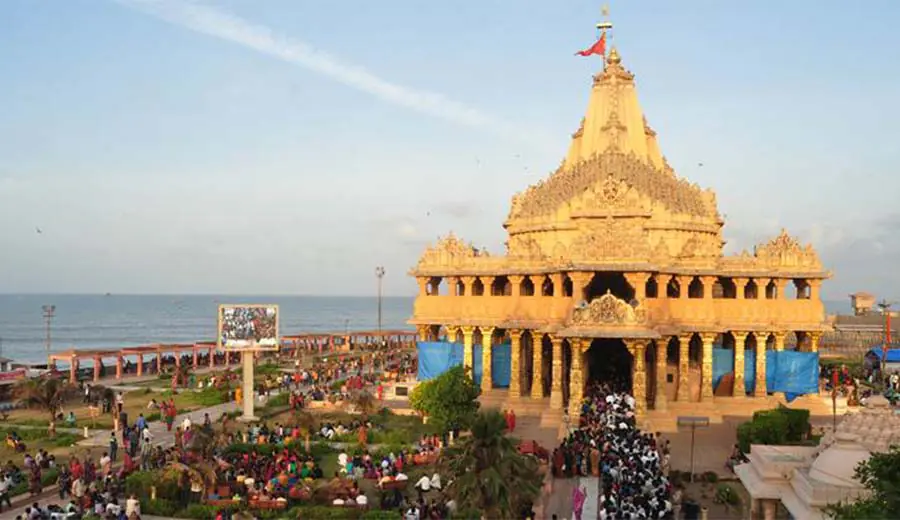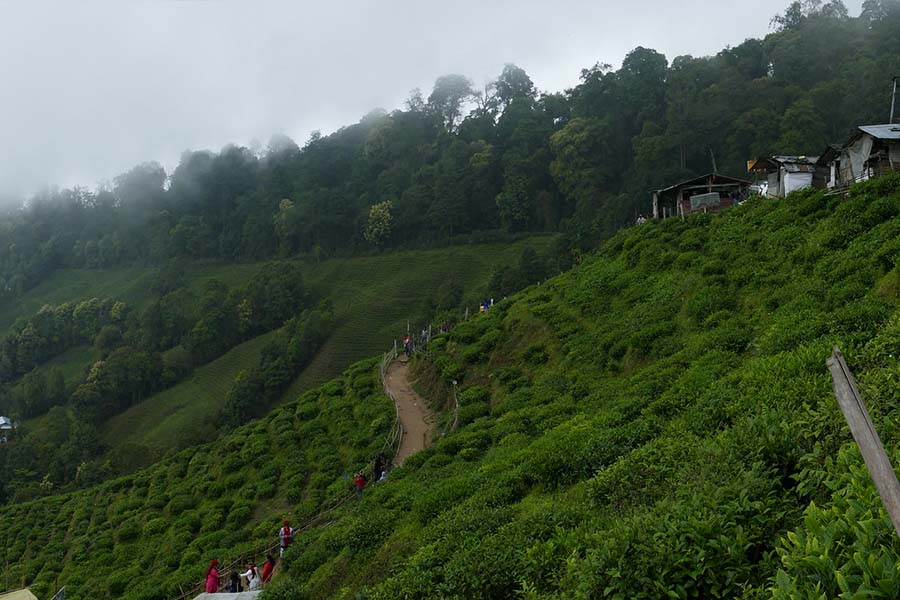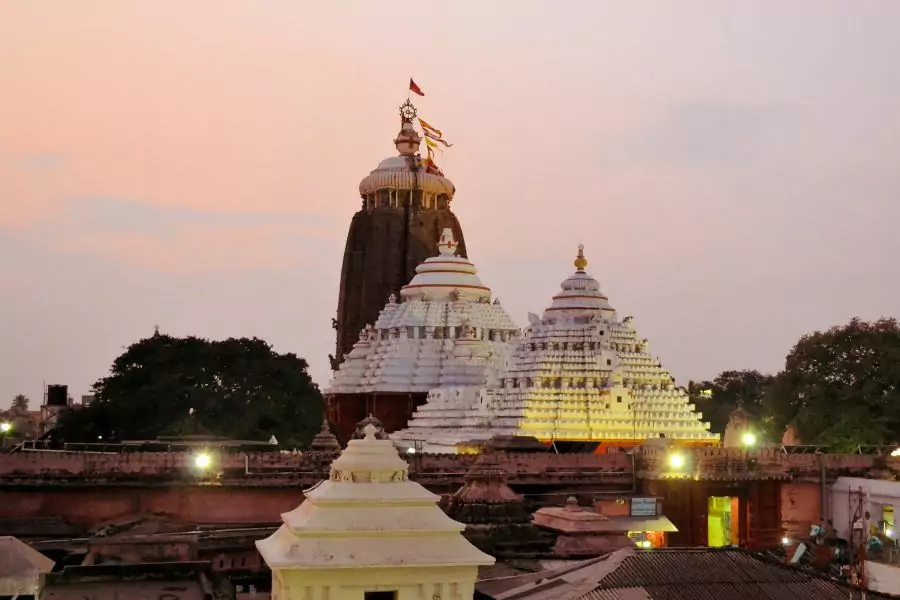Discover the Timeless Majesty of Somnath Temple: A Journey Through History, Culture, and Spirituality

Nestled on the western coast of India, the Somnath Temple is more than just a place of worship; it is a testament to resilience, spirituality, and architectural brilliance. This ancient temple, dedicated to Lord Shiva, stands proudly in Gujarat‘s Prabhas Patan near Veraval. Revered as the first of the twelve Jyotirlinga shrines of Shiva, Somnath holds a significant place in Hindu mythology and Indian history.
History of Somnath Temple

Early Beginnings
The history of the Somnath Temple dates back thousands of years, with references found in ancient texts and scriptures. According to legends, the moon god Soma originally built the temple in gold, Ravana rebuilt it in silver, and Krishna constructed it in wood. The Yadava kings of Vallabhi constructed the first stone temple around 649 CE.
Destruction and Reconstruction
A series of destruction and reconstruction events mark Somnath Temple’s history. Mahmud of Ghazni first demolished it in 1026 CE, looting its wealth. Despite this, various rulers, including the Paramara King Bhoja of Malwa and the Solanki King Kumarapala, rebuilt the temple several times. Alauddin Khilji’s army and later the Portuguese caused further destruction. Each time, it rose from the ashes, symbolizing the indomitable spirit of devotion and faith.
Influence of Various Dynasties
Different dynasties contributed to the temple’s grandeur and significance. The Chalukyas, under King Mularaja, played a crucial role in its reconstruction in the 11th century. The temple, as it stands today, was reconstructed in the Chalukya style of architecture and completed in May 1951, spearheaded by Sardar Vallabhbhai Patel, the Iron Man of India.
Architectural Marvel

Style and Design
The Somnath Temple is a striking example of Chalukya architecture, characterized by intricate carvings, grand sculptures, and majestic pillars. The temple’s design reflects the skills and artistry of the Sompura Salats, Gujarat’s master masons.
Key Features and Elements
Key features of the temple include its imposing Shikhara (main spire) which rises to a height of about 155 feet, the Nandi Bull statue, and the elaborate carvings on the exterior walls. The temple’s inner sanctum houses the sacred Jyotirlinga, a representation of Lord Shiva. The temple’s walls narrate stories from Hindu mythology, depicted in intricate carvings and sculptures.
Comparisons with Other Temples
Somnath’s architecture can be compared to other significant temples like the Khajuraho Temples and the Sun Temple at Modhera. While each temple has its unique style and symbolism, Somnath stands out for its continuous resurrection and the sheer historical weight it carries.
Cultural and Religious Significance
Major Festivals Celebrated
Somnath Temple is a hub of cultural and religious activities, with numerous festivals celebrated with great fervor. Maha Shivaratri is the most prominent festival, attracting thousands of devotees. Other significant celebrations include Kartik Purnima, Diwali, and Navratri.
Rituals and Ceremonies
Daily rituals at the temple include Aarti (devotional songs) performed thrice a day, Abhishekam (anointment of the Shiva Linga with various offerings), and special poojas on auspicious occasions. Devotees also participate in the Rudrabhishek, a special ceremony to invoke Lord Shiva’s blessings.
Pilgrimage Importance
Being one of the twelve Jyotirlingas, Somnath Temple is a crucial pilgrimage site for Hindus. It is believed that a visit to this temple purifies the soul and grants liberation (Moksha). The temple’s spiritual ambiance and its association with ancient legends make it a must-visit for devotees and spiritual seekers.
Legends and Myths
Creation Myths
The most popular legend associated with Somnath Temple is that of its creation by the moon god, Soma. According to mythology, Soma built the temple in gold to honor Lord Shiva, who had relieved him of a curse. This tale symbolizes the temple’s divine origin and its significance in Hindu lore.
Stories Associated with the Temple
Numerous stories and myths surround the Somnath Temple. One such tale is about the presence of a mystic Syamantak Mani (a magical gem) inside the Shiva Linga, which is believed to have miraculous healing powers. Another legend speaks of Lord Krishna’s journey to Somnath after being hit by an arrow, marking his final earthly departure.
Divine Interventions
Divine interventions are a recurring theme in the tales of Somnath Temple. From miraculous recoveries of the temple’s treasures to divine visions seen by devotees, these stories enhance the temple’s mystique and spiritual allure.
Modern-Day Somnath Temple
Recent Renovations
The modern structure of the Somnath Temple, completed in 1951, has seen several renovations to preserve its grandeur. The Shree Somnath Trust, responsible for the temple’s upkeep, ensures regular maintenance and improvement projects, keeping the temple pristine and welcoming for visitors.
Current Management and Administration
The Shree Somnath Trust manages the temple, overseeing its daily operations, including rituals, festivals, and visitor management. The trust also engages in various philanthropic activities, supporting local communities and preserving the temple’s heritage.
Facilities for Visitors
Somnath Temple offers numerous facilities for visitors, including guest houses, clean restrooms, and a well-maintained campus. The temple premises are equipped with audio guides and information kiosks to enhance the visitor experience. Additionally, the nearby Museum and Sound and Light Show provide a deeper insight into the temple’s history and significance.
Tourist Information
Location and Accessibility
Somnath Temple is located in Prabhas Patan, near Veraval in Gujarat. It is well-connected by road, rail, and air. The nearest airport is Diu Airport, approximately 85 kilometers away, while the nearest railway station is Veraval, just 7 kilometers from the temple.
Best Time to Visit
The best time to visit Somnath is between October and March when the weather is pleasant and conducive for temple visits and sightseeing. The temple sees a significant influx of pilgrims during Maha Shivaratri and Kartik Purnima, making these periods ideal for experiencing the temple’s festive spirit.
Nearby Attractions

Somnath’s vicinity boasts several attractions, including the Bhalka Tirth (where Lord Krishna is said to have departed his mortal body), Triveni Sangam (the confluence of three rivers), and the ancient Junagadh Gate. These sites offer a blend of spiritual, historical, and cultural experiences for visitors.
Impact on Local Economy
Tourism and Its Effects
Tourism significantly contributes to the local economy of Somnath. The influx of pilgrims and tourists supports various businesses, including hotels, restaurants, and local shops. The temple’s popularity ensures a steady flow of visitors year-round, boosting the region’s economic stability.
Employment Opportunities
The tourism industry around Somnath Temple creates numerous employment opportunities for the local population. Jobs in hospitality, transportation, and retail sectors are directly linked to the temple’s tourist activity. The temple trust also employs many locals for its operations and maintenance.
Local Businesses and Vendors
Local artisans, vendors, and shopkeepers benefit from the temple’s visitor traffic. Souvenirs, religious artifacts, and local handicrafts are popular among tourists, supporting the livelihoods of many families. The temple’s presence has thus fostered a thriving local economy.
Conservation Efforts
Preservation of Heritage
Efforts to preserve the Somnath Temple‘s heritage are ongoing. The temple trust, along with government and private entities, undertakes initiatives to maintain the site’s historical and cultural integrity. These include regular restoration work and awareness campaigns about the temple’s significance.
Initiatives by Government and NGOs
The government of Gujarat and various NGOs have been instrumental in promoting and preserving Somnath Temple. Programs focused on heritage conservation, environmental sustainability, and infrastructure development have significantly enhanced the temple’s appeal and longevity.
Future Plans
Future plans for Somnath Temple include expanding visitor facilities, improving infrastructure, and enhancing the temple’s digital presence. The trust aims to make the temple more accessible and informative, ensuring it remains a vital spiritual and tourist destination.
Visitor Experiences
Testimonials and Reviews
Visitors to Somnath Temple often share glowing reviews, highlighting the spiritual ambiance, architectural beauty, and well-organized facilities. Testimonials frequently mention the serene experience of witnessing the Aarti and the profound sense of peace felt within the temple premises.
Personal Anecdotes
Many visitors recount personal anecdotes of their visits to Somnath, often describing a sense of divine presence and inner peace. Stories of miraculous experiences and answered prayers are common, adding to the temple’s allure and mystique.
Must-See Aspects
Among the must-see aspects of the Somnath Temple are the evening Aarti, the Light and Sound Show, and the panoramic views of the Arabian Sea from the temple complex. These experiences leave lasting impressions on visitors, making their pilgrimage memorable.
Somnath in Popular Culture
Depictions in Media
Somnath Temple appears in various forms of media, including films, documentaries, and television shows. These portrayals often focus on its historical significance, architectural splendor, and the inspiring stories of its resilience.
References in Literature
Numerous literary works mention the temple, ranging from ancient scriptures to modern writings. Its rich history and cultural importance make it a popular subject for historians, poets, and authors.
Influence on Art and Music
Somnath’s influence extends to art and music, inspiring paintings, sculptures, and devotional songs. The temple’s legacy is celebrated through various artistic expressions, reflecting its enduring impact on Indian culture.
Educational Value
Importance for Historians and Archaeologists
For historians and archaeologists, Somnath Temple is a treasure trove of information. Its long history, architectural evolution, and cultural significance provide valuable insights into India’s past and the development of Hindu temple architecture.
Learning Opportunities for Students
Students studying history, architecture, and religious studies find Somnath Temple to be an excellent case study. Educational tours and research projects centered around the temple offer enriching learning experiences.
Research Conducted
Various research projects focus on Somnath Temple‘s history, architecture, and cultural impact. These studies contribute to a deeper understanding of the temple’s role in Indian heritage and its significance in the broader context of world history.
Challenges and Controversies
Historical Conflicts
Somnath Temple has been at the center of numerous historical conflicts, primarily due to its immense wealth and strategic location. These conflicts, while destructive, have also highlighted the temple’s resilience and the unwavering faith of its devotees.
Modern-Day Issues
In contemporary times, the temple faces challenges related to modernization, conservation, and managing the influx of visitors. Balancing heritage preservation with the needs of modern tourism is an ongoing task for the temple’s administrators.
Debates on Preservation vs. Modernization
The debate between preservation and modernization is particularly relevant for Somnath Temple. While modernization efforts aim to enhance visitor experience and accessibility, they must be carefully managed to avoid compromising the temple’s historical and cultural integrity.
The Spiritual Journey
Personal Reflections
A visit to Somnath Temple is often described as a profound spiritual journey. Devotees and visitors alike share reflections on their experiences, emphasizing the sense of peace, connection, and divine presence felt within the temple.
Impact on Spiritual Seekers
For spiritual seekers, Somnath Temple offers a unique opportunity for introspection and enlightenment. The temple’s serene environment, coupled with its rich spiritual heritage, makes it an ideal destination for those seeking spiritual growth and understanding.
Experiences of Enlightenment
Stories of enlightenment and divine experiences are common among visitors to Somnath. These accounts, often shared through personal testimonials and anecdotes, add to the temple’s reputation as a place of profound spiritual significance.
Conclusion
In summary, the Somnath Temple is not just an architectural marvel but a symbol of spiritual resilience and cultural heritage. Its storied history, coupled with its spiritual significance, makes it a must-visit destination for anyone interested in exploring India’s rich cultural tapestry. Whether you are a devotee, a history enthusiast, or a curious traveler, Somnath Temple offers an unforgettable experience that leaves a lasting impression on the heart and soul.
FAQs
1. What is the best time to visit Somnath Temple?
The best time to visit Somnath Temple is between October and March when the weather is pleasant. This period also coincides with major festivals like Maha Shivaratri and Kartik Purnima.
2. Are there any special rituals performed at Somnath Temple?
Yes, special rituals at Somnath Temple include the daily Aarti, Abhishekam, and the Rudrabhishek ceremony. These rituals honor Lord Shiva and attract numerous devotees.
3. How can one reach Somnath Temple?
Somnath Temple is accessible by road, rail, and air. The nearest airport is Diu Airport, about 85 kilometers away, and the nearest railway station is Veraval, 7 kilometers from the temple.
4. What are the accommodation options near Somnath Temple?
There are various accommodation options near Somnath Temple, including guest houses managed by the temple trust, hotels, and lodges. These cater to different budget requirements and provide a comfortable stay for visitors.
5. Is photography allowed inside Somnath Temple?
Photography is generally restricted inside the main sanctum of Somnath Temple to preserve its sanctity. However, visitors can take photographs in the temple complex and other designated areas.


